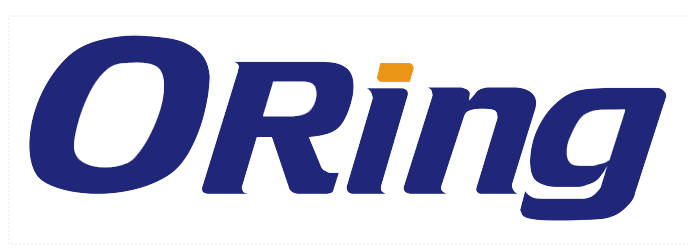CSR

Smart temperature and humidity control systems are implemented in our facilities for 24/7 monitoring and precise management - ensuring employee health, product quality, and production stability, while advancing sustainability and smart manufacturing.

Quick Installation Guides (QIGs) included with our products are printed on recycled paper to reduce forest resource consumption and carbon footprint.

Wastewater and waste generated during production are properly treated before discharge, minimizing environmental impact.

RoHS Declaration
ORing products meet RoHS 2.0 standards through verified supplier reports, with compliance unchanged despite extended restrictions to medical and monitoring devices.

REACH Declaration
ORing ensures full compliance with EU REACH Regulation (EC) 1907/2006, promoting safe chemical use to protect human health and the environment.
PFAS Declaration
ORing uses PFAS only where essential for performance. We monitor regulations, assess alternatives, and remain committed to safety, compliance, and environmental responsibility.

Conflict Minerals
ORing avoids conflict minerals from high-risk regions and upholds ethical sourcing through supplier monitoring and compliance with the EICC Conflict Minerals Reporting Template.

Sustainability Survey
Please provide your input on ORing Industrial Networking's sustainability initiatives across economic, social, and environmental dimensions.

Sustainability Report
Discover our commitment to sustainability through our Sustainability Report, highlighting key ESG initiatives and achievements.

Since its founding, ORing has been dedicated to the design and application of industrial networking solutions. In recent years, the rise of digital platforms, big data, and AI has inspired ORing to explore how technology can be integrated into the fields of culture and art. With this vision, ORing aims to leverage smart technologies for cultural preservation, data organization, and the development of educational support systems - making art education more accessible and widespread. Recognizing calligraphy as a core of traditional culture, and with growing global interest in learning the art, ORing chose calligraphy as a starting point to contribute to its digitalization and AI-driven applications.
In October 2019, the foundation was officially approved by the New Taipei City Government. Guided by the vision of “Empowering culture and art through technology,” the foundation operates on four key pillars: enhancing the humanities, preserving tradition, integrating technology, and inspiring creativity. The foundation’s first chairman, Mr. Shih Chun-Mao, is a renowned calligrapher in Taiwan, dedicated to both calligraphy creation and education. Through the foundation, ORing hopes to promote cross-disciplinary collaboration between technology and art - systematically archiving, preserving, and developing traditional calligraphy - and to support talents passionate about calligraphy creation and teaching.。

Sanmin High School Scholarship Awards
Ms. Fang-Ting Shih, a performing arts educator at New Taipei Municipal Sanmin High School...

Technology Camp for Rural Children
To promote technology and arts education in rural areas, Sanmin High School and...

Shih Chun-Mao Calligraphy Exhibition in France
“Ink Without Borders – Shih Chun-Mao Contemporary Calligraphy Exhibition in France”...

Actively invest in renewable energy to promote sustainable energy and environmental well-being.

Support a smart solar-powered orchid greenhouse that combines green energy with intelligent agriculture - advancing renewable energy while driving local agricultural transformation and sustainability.





